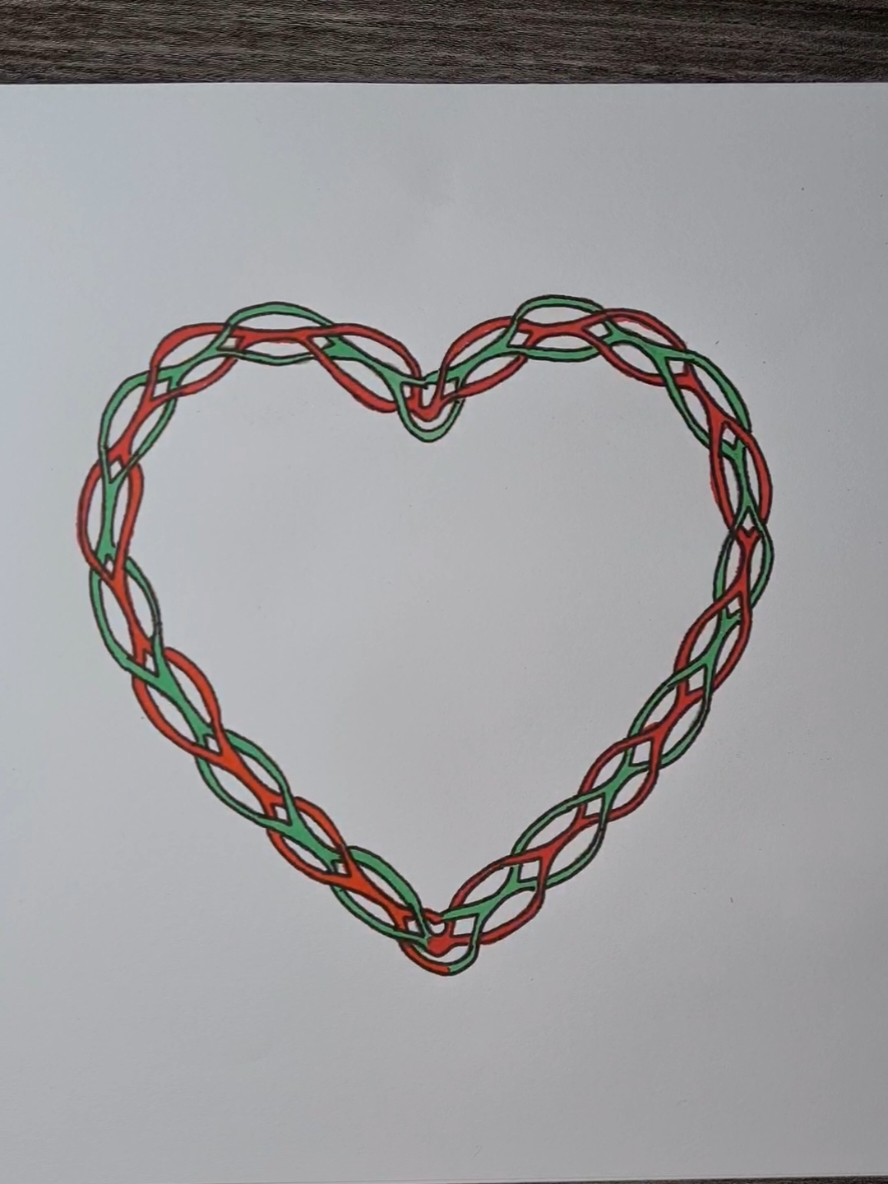F
Region: ID
Saturday 13 July 2024 09:15:18 GMT
414985
77793
58
4298
Music
Download
Comments
melaanc :
f blues
2024-08-11 16:57:07
0
ffff :
keep strong me
2024-09-09 05:53:48
0
🕸️🕸️🕸️ :
+kenapa dunia ga berpihak ke gue
2024-07-19 19:44:05
189
rasyaa :
gatau , tahun ini bener' berat bgt yaallah 🥹
2024-07-25 18:22:51
67
ccitra𐙚˚ :
tahun ini smwa yg aku hadapin brt bgt bun, apa aku bisa lewatin smwa ini?
2024-08-09 09:18:51
40
🌻🌻 :
kita di duniaa ini cuma sekali loh:(
2024-08-09 09:42:07
39
kelvin :
dunia memang tempatnya cape
2024-07-24 11:36:20
15
im :
ini harus gimana lagi?
2024-08-07 23:55:06
9
To see more videos from user @inikyuralagi, please go to the Tikwm
homepage.



![#CapCut حنا نحب الطيب وآنميز [ آوجيه الطيبين ] والي ماهو مكسب تری اسعد يوم ساعة نخسره !..🍂#تصويري #منشن #الطيب #الخوي #جديد #@متعب بن مرزوق #خالد_ال_بريك #خالد_البريك #شيلات #شيلات_جديده #explore #viral #قوالب_نوره_الشمري #fypシ゚ #viraltiktok #اكسبلور #مساءالخير](/video/cover/7420392275651415314.webp)

